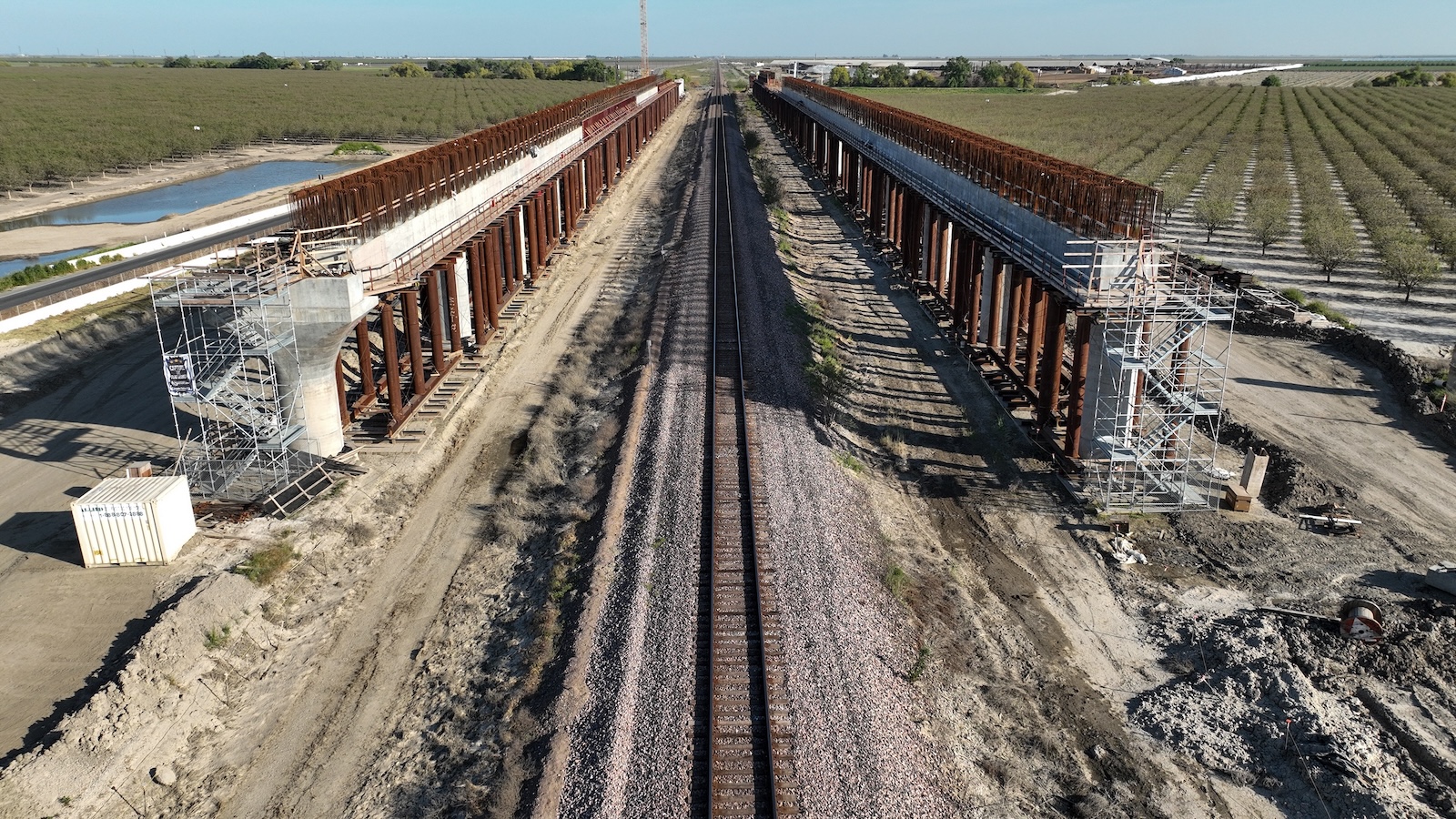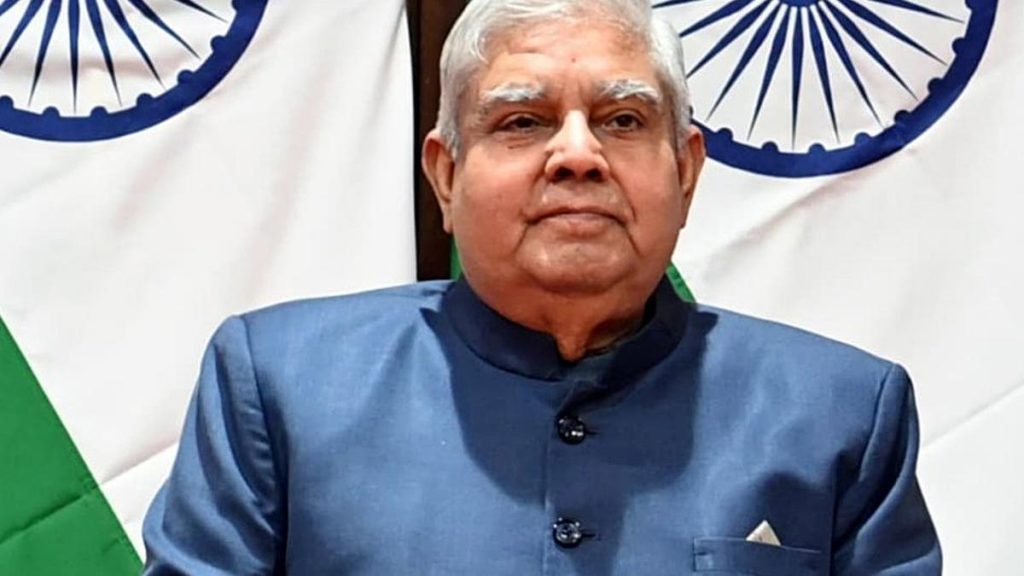Now Reading: California’s High-Speed Rail: Billions Spent, Dreams Delayed
-
01
California’s High-Speed Rail: Billions Spent, Dreams Delayed
California’s High-Speed Rail: Billions Spent, Dreams Delayed

Quick Summary
- Proposition 1A in 2008 approved a $10 billion bond to fund California’s high-speed rail, promising transit between san Francisco and Los Angeles by 2020.
- Costs have more than doubled,timelines have shifted,and the frist expected service is now for Bakersfield-Merced in 2030.
- Key issues: inadequate funding, an inexperienced agency managing the project, selection of a complex route through California’s Central Valley.
- Strict environmental reviews (costing over $765 million) and political hurdles added challenges; federal support was rescinded multiple times under Trump but partially restored under Biden.
- The project has created around 15,500 jobs since inception but faces ongoing funding gaps with no clear path beyond four years of partial state financing under Governor Newsom’s plan.
- Support persists among Californians (62% favor continued funding), contingent on tangible progress; future private sector contributions remain uncertain.
Indian Opinion Analysis
India can draw valuable lessons from the prolonged struggles of California’s high-speed rail project as it ramps up its own transformative infrastructure efforts like bullet trains (e.g., Mumbai-Ahmedabad). Challenges such as inadequate initial planning/funding frameworks, regulatory bottlenecks due to environmental reviews or stakeholder engagements, and failure to anticipate rising costs could echo similar dilemmas if not preemptively addressed. Moreover, decentralizing large-scale projects or delegating them to specialized agencies may risk inefficiencies unless expertise-backed oversight is in place from the outset.
for india’s infrastructure ambitions driven by rapid urbanization needs while embracing sustainability goals like carbon neutrality targets or rural inclusion growth-balancing visionary aspirations with pragmatic execution and realistic fiscal roadmaps remains paramount in preventing project stagnation seen elsewhere globally.

























